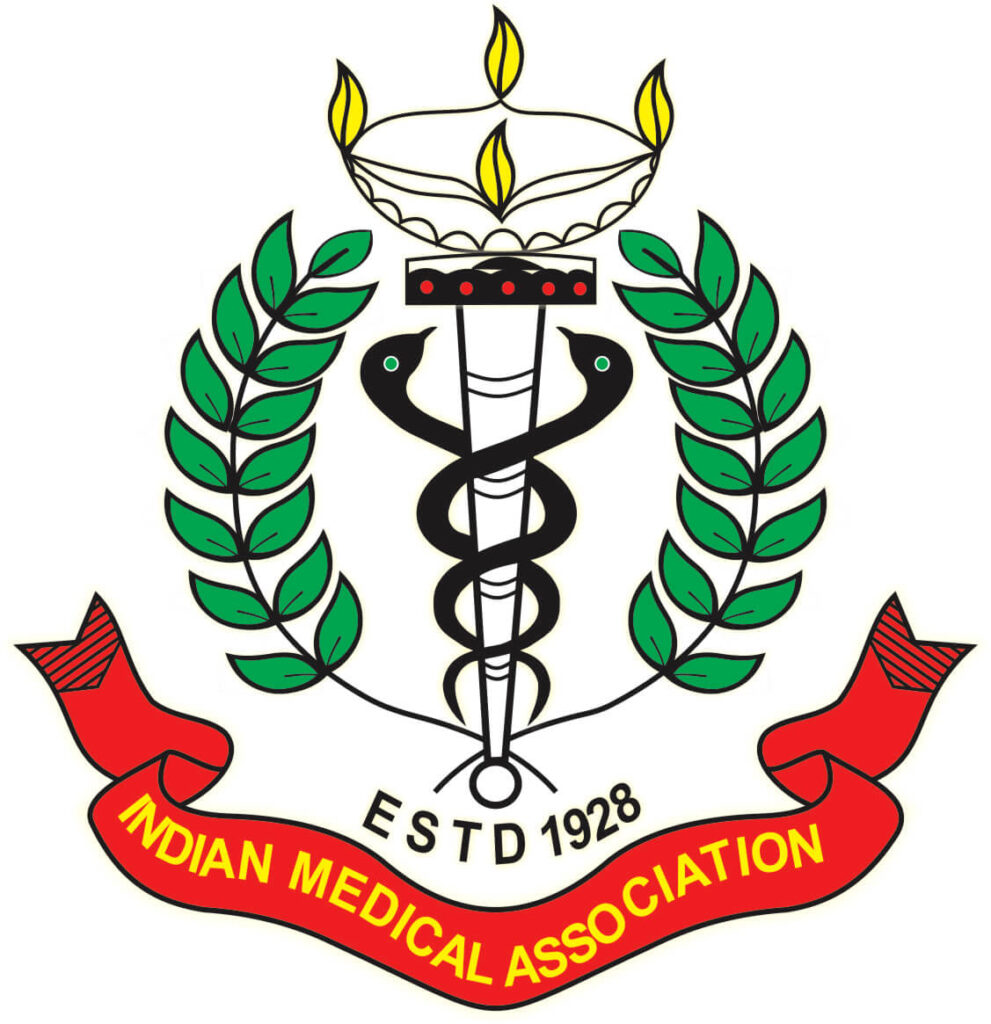EDITORIAL
Antimicrobial Resistance: The Silent Pandemic
“The time may come when penicillin can be bought by anyone in the shops. Then there is the danger that the ignorant man may easily underdose himself and by exposing his microbes to non-lethal quantities of the drug make them resistant.” Sir Alexander Fleming stated during his Nobel prize acceptance lecture in 1945. What he prophesied came true. Through unscrupulous actions we have squandered away all most all antimicrobials and is staring at a post antibiotic era.
AMR is a global problem and it has been recognized as one of the biggest public health challenges by WHO. Fears of a rapidly approaching post antibiotic era where even simple infections can turn life threatening, forced UN General assembly to discuss AMR on sep 21 ,2016. It was only the fourth time that a health related problem had been discussed in UN General assembly. Although AMR is a natural phenomenon, it is being propagated by misuse of antimicrobial medicines, inadequate or inexistent programs for infection prevention and control (IPC), poor-quality medicines, weak laboratory capacity, inadequate surveillance and insufficient regulation of the use of antimicrobial medicines.
AMR has become a core political, social, and economic problem of our time. The efficacy of antimicrobials is declining rapidly, alongside the emergence of pandrug resistant bacteria and uncontrolled dissemination of antibiotic resistant genes in non-clinical environments. It is predicted that if antimicrobial resistance continues unabated, by 2050 one crore people will die of antimicrobial resistance worldwide. This is infact more than the number of people who are expected to die due to cancer or road traffic accident. Also the global economy will be set back by 100 trillion dollars by 2050.
The first comprehensive analysis of the global impact of AMR, published in The Lancet, estimates it caused 1.27 million deaths in 2019, and antimicrobial-resistant infections played a role in another 4.95 million deaths. Estimates for 204 countries and territories confirm AMR as a global health threat, with worst impacts in low- and middle-income countries (LMICs). These new estimates are a timely reminder that COVID-19 is not the only major public health challenge we are facing – AMR is the silent pandemic. This study shows AMR is contributing substantially to deaths across a range of different types of infections – not just those we typically think of as serious, like pneumonia and sepsis, but also the kind of things that many of us have come to regard as simple treatable illnesses like a urinary tract infection or an infected wound.
Global Action Plan on AMR [GAP-AMR] was released on 2015, Indian National Action plan on AMR [NAP-AMR] in 2017 and in 2018 Oct 25 Kerala became the first state in India to release a sub-national action plan KARSAP [Kerala Antimicrobial Resistance Strategic Action Plan] –which is totally conceptualized and implemented on a One Health platform with key stakeholders apart from Human health being departments of Animal husbandary, Environment, Agriculture, Dairy, Fisheries and aquaculture. Importance of One Health in control of AMR is emphasized by the fact that at the Global level a quadripartite comprising of WHO.FAO,UNEP and WOAH [World Organization for Animal Health] have joined hands to ensure that the growing threats and impacts of antimicrobial resistance are addressed globally.
As the resistance rates grossly vary between tertiary , secondary and primary care hospitals, it is advisable to formulate institutional antibiotic guidelines based on antibiograms. All tertiary and secondary care hospitals should create a framework to achieve the WHO AWaRe target of having 60% of total antibiotic utilization from Access category at the earliest. All primary care centres should ensure that more than 95% of antibiotics prescribed should be from the Access category. Government has stipulated guidelines to make all FHCs “ Antibiotic smart hospitals” in a time sensitive manner. Through the creation of district level as well as block level AMR committees, aim of KARSAP is to make Kerala an Antibiotic Literate State where everyone including healthcare workers, pharmacists, students, farmers and civil society will be aware of the optimal use of antibiotics to prevent the scourge of AMR. Through this decentralized approach facilitating participatory stewardship the aim is to curb the menace of OTC sales of antibiotics as well as improper disposal of date expired antibiotics.
“A post-antibiotic era — in which common infections and minor injuries can kill — far from being an apocalyptic fantasy, is instead a very real possibility for the twenty-first century,” wrote Keiji Fukuda, WHO assistant director-general for health security. The onus is on us doctors to lead by example by practicing diagnostic stewardship, IPC and antimicrobial stewardship. As Helen Keller said “ Alone we can do so little, but together we can do so much”. We need to join hands in the fight against AMR, it is something what we owe to each other and to the future generations.Just like climate change ,AMR is one of the most urgent and complex challenges of our time and the time to act is NOW.
Article Info
Published on 01.01.2024
How to cite this Article: Aravind R. Antimicrobial Resistance: The Silent Pandemic. JAMST. 2024; 2(1):5-6
Author Info
1Dr Aravind R, MD, HOD, Dept of Infectious Diseases, Government Medical College, Thiruvananthapuram
Corresponding Author: Dr Aravind R, MD, HOD, Dept of Infectious Diseases, Government Medical Colllege, Thiruvananthapuram.Aravind R. Antimicrobial
Resistance: The Silent Pandemic.
JAMST. 2024; 2(1):5-6



